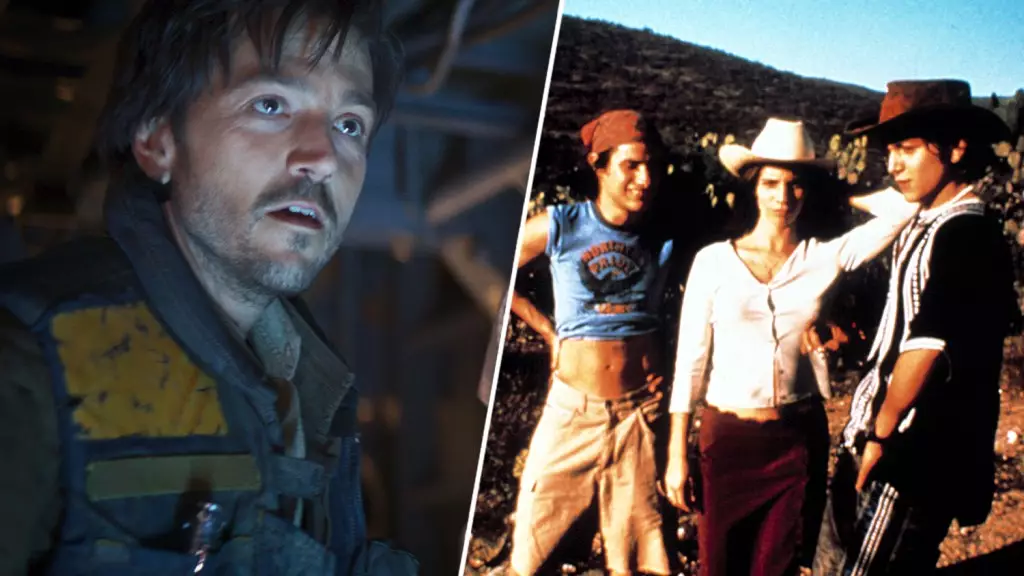In an era where cinematic universes reign supreme, the longevity and relevance of franchises like Star Wars keep people revisiting the magic that started it all. However, what really caught my attention was Diego Luna’s recent comments on how the visionary Alfonso Cuarón indirectly shaped the future of the Star Wars franchise. This ought to excite any fan or filmmaker who craves innovation within such an iconic series. Luna shared his experiences while discussing how the director of Rogue One: A Star Wars Story, Gareth Edwards, sought to bring forth a fresh perspective on the beloved saga, aiming to merge Cuarón’s extraordinary storytelling style with the traditional Star Wars narrative.
A Journey Beyond the Dark Side
Luna’s childhood love for Star Wars is relatable for many fans, transporting us back to simpler times when we wielded toy lightsabers in imaginative battles against our friends. Yet, Luna’s admission of leaning towards the “dark side” struck a chord with me. Doesn’t this confession encapsulate a universal truth? In life, don’t many of us yearn for complexity, intrigue, and substance that delves deeper than mere surface-level heroics? By hinting at a darker allure, Luna pushes the boundaries of what it means to be a hero within this universe—a commentary on the shades of grey that exist in all of us.
This concept is pivotal as we reflect on how tales in pop culture resonate with our experiences as individuals and societies. The desire for protagonists who are flawed, multifaceted, and relatable has never been more apparent. Rogue One admirably pursued that path, looking to elevate the franchise with a deeper dive into themes of sacrifice, rebellion, and morality, effectively portraying the cost of war often absent in traditional narratives.
Realism Meets Fantasy
What truly excites me is how Edwards aimed for a hyperrealistic tone with Rogue One, echoing Cuarón’s documentary-style approach utilized in Y tu mamá también. This brave move not only sets Rogue One apart from its predecessors but also serves as a protest against the often overly-polished, CGI-heavy productions gracing our screens today. The rawness and authenticity mirror how many perceive the world around them—a place where grit melds seamlessly with wonder.
By incorporating improvisation and a genuine connection among characters, Edwards and Luna’s collaborative vision compels audiences to invest not just in action sequences but in relationships that feel achingly real. It challenges the notion that Star Wars is purely escapist, reminding us that every hero and every villain carries their own burdens, lending a sophisticated quality to a genre often dismissed as too commercial.
Anticipating New Frontiers
As Luna gears up to reprise his role as Cassian Andor in the Disney+ series, fans eagerly anticipate how this layered storytelling will unfold. April 22 promises a deeper exploration of character and narrative, embracing the essence of what makes stories genuinely impactful—empathy, complexity, and vulnerability. It’s a reminder that while the galaxy may be far, far away, the themes of humanity resonate deeply within us all.
This evolution of storytelling within the Star Wars franchise offers a beacon of hope for future films and series: that even within established universes, there lies endless potential for reinvention and depth. The merging of Cuarón’s influence with Luna’s portrayal exemplifies a growing shift in Hollywood, embracing a future where narratives challenge the norm and inspire audiences to dive deeper into the multifaceted human experience.

